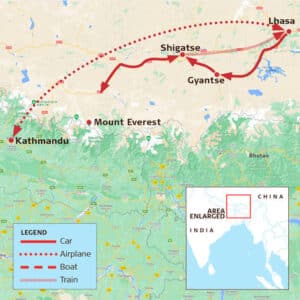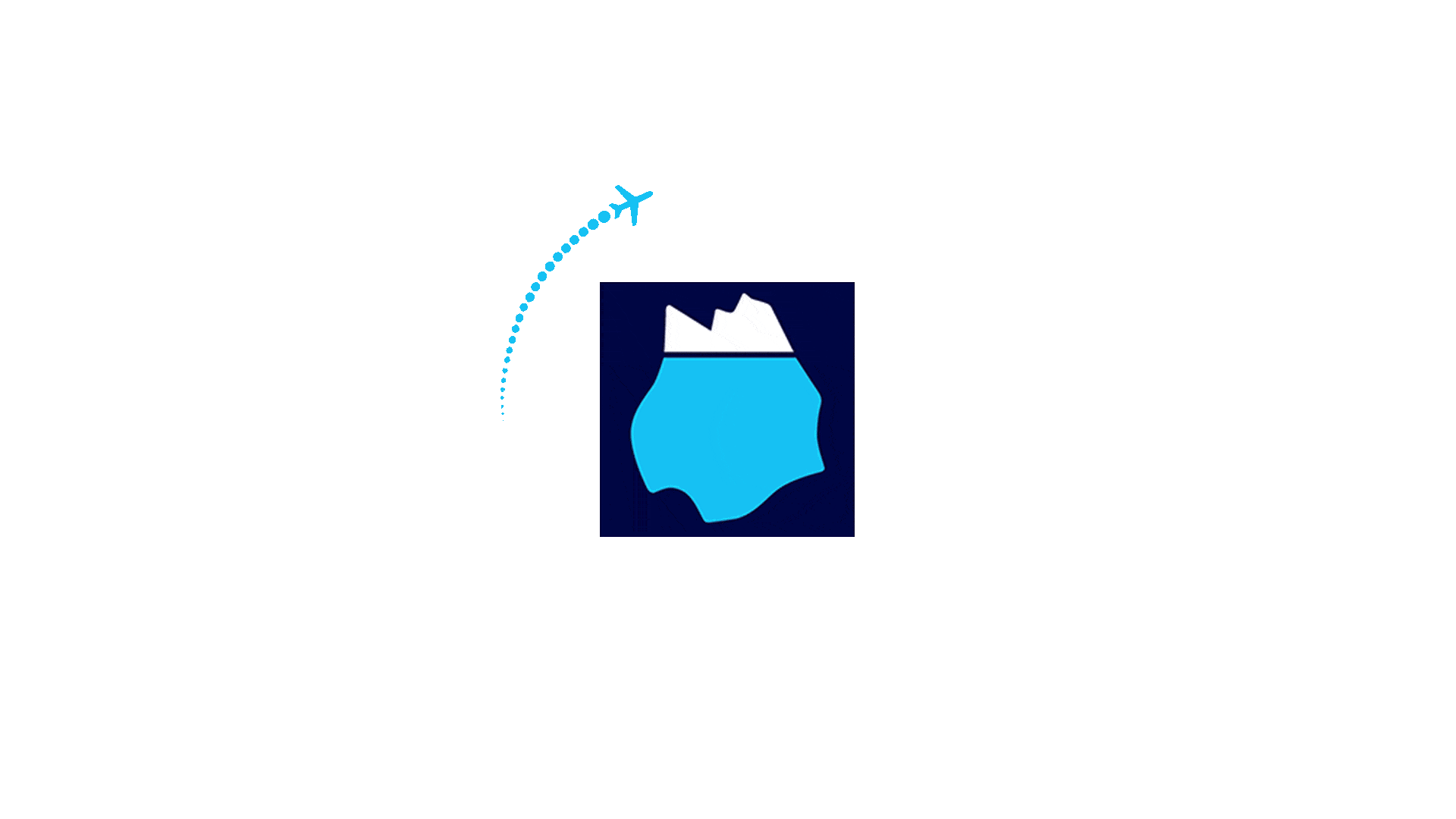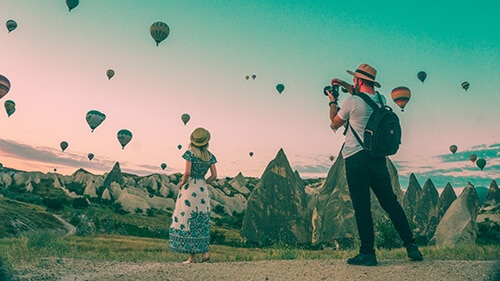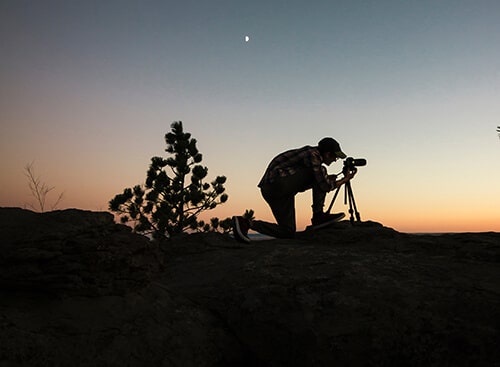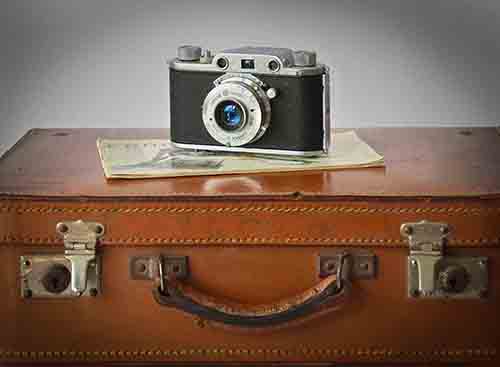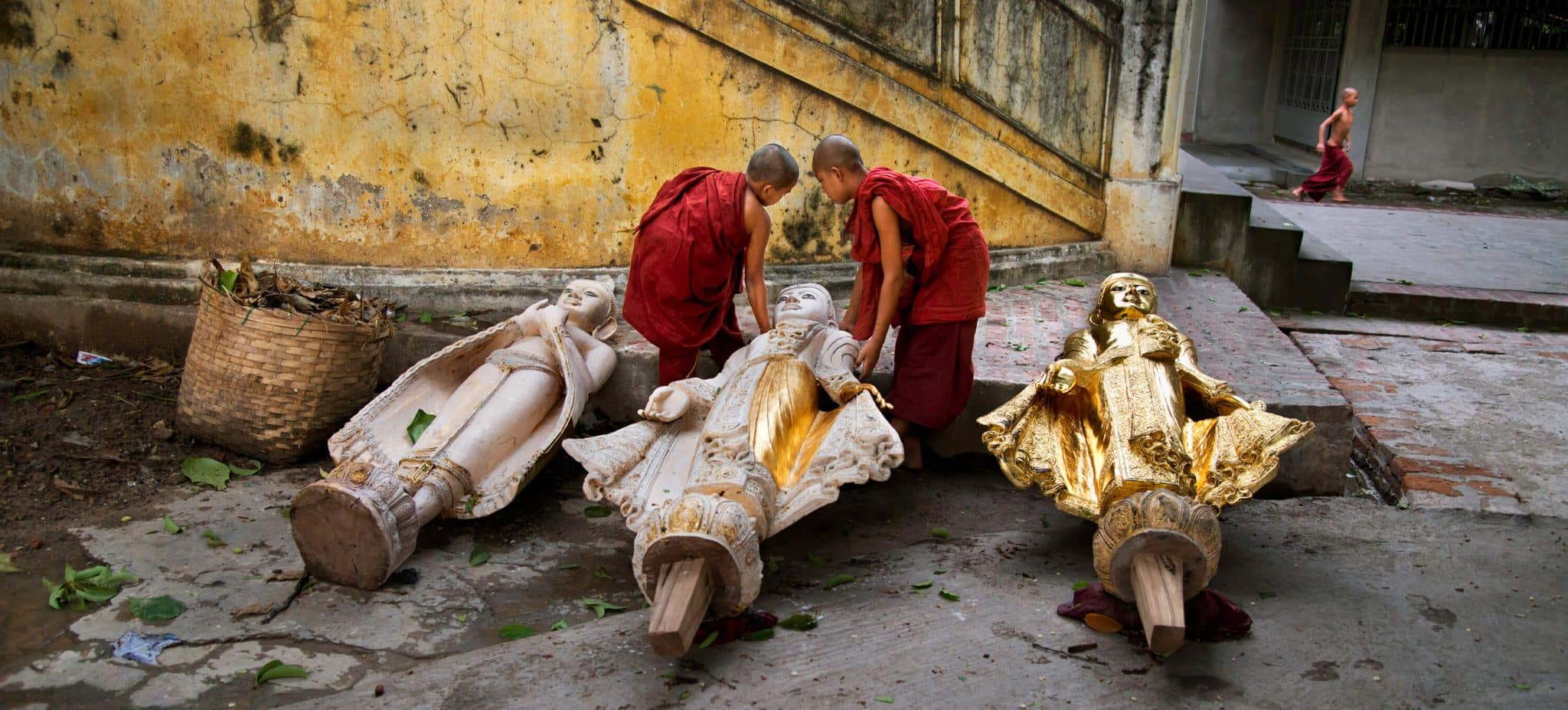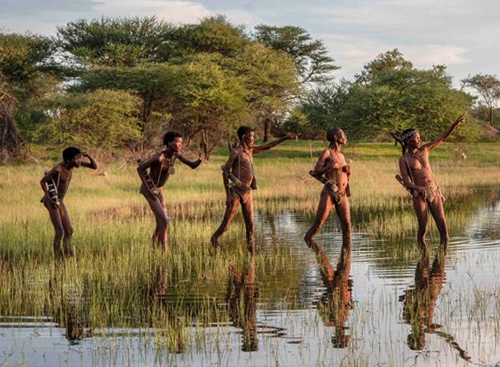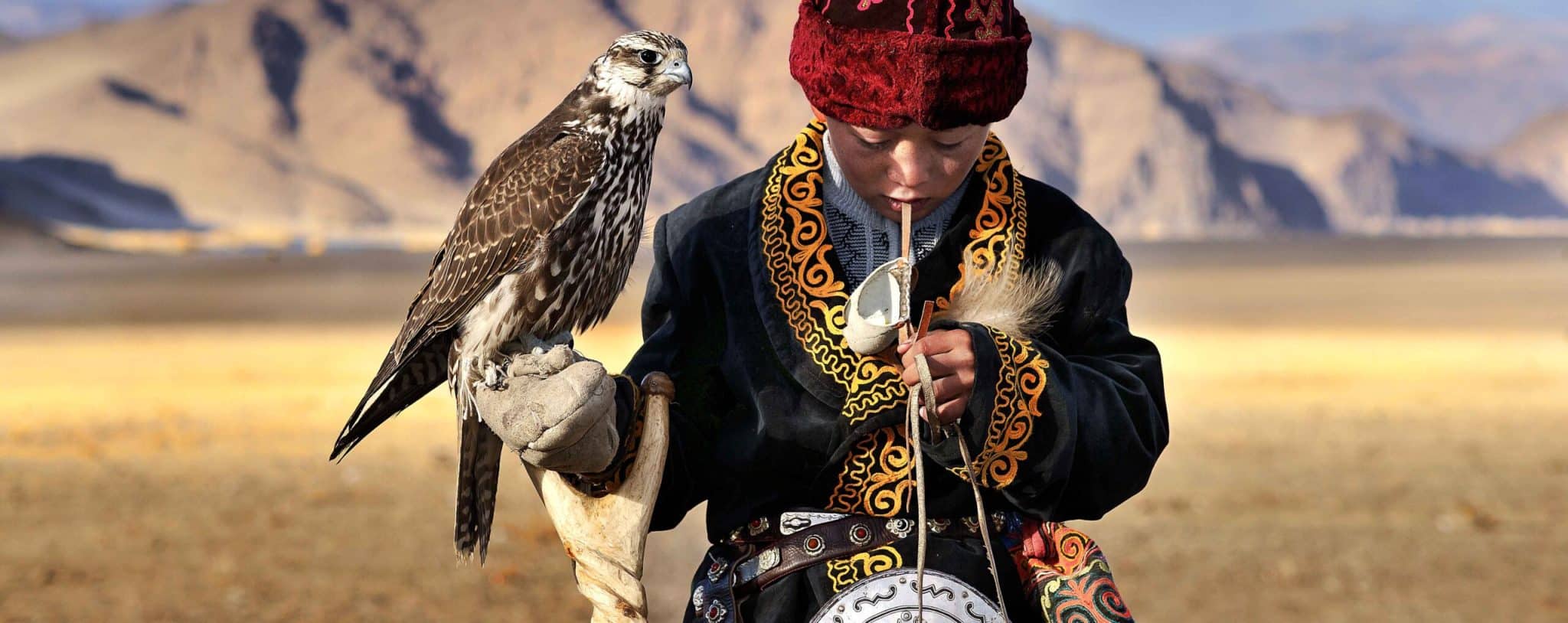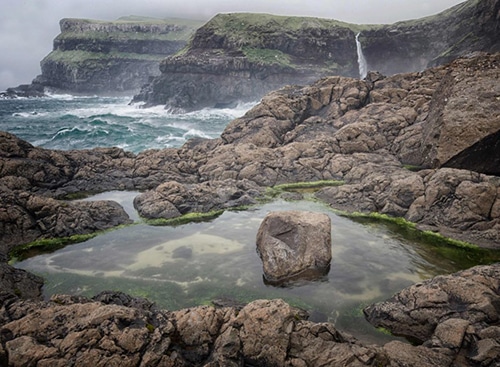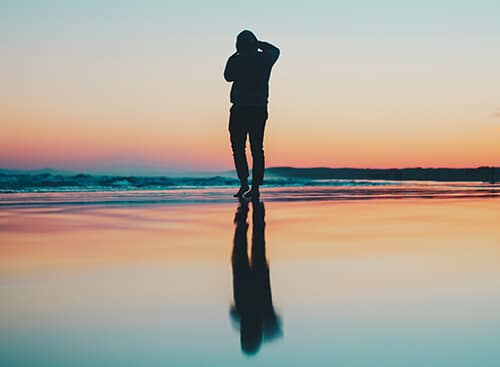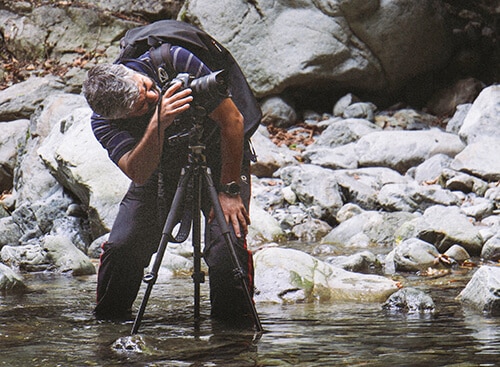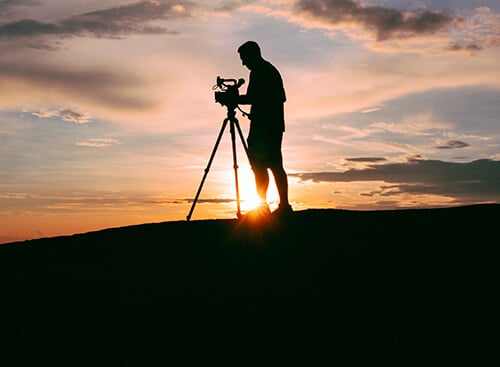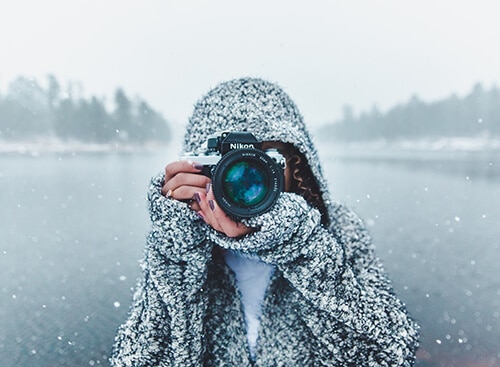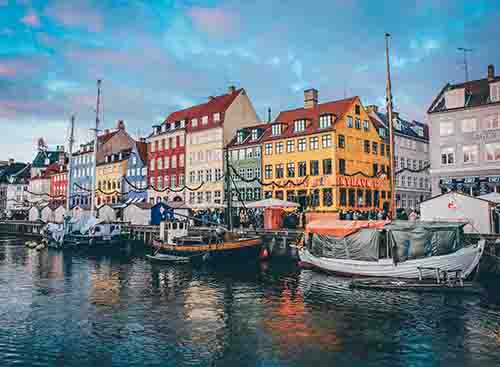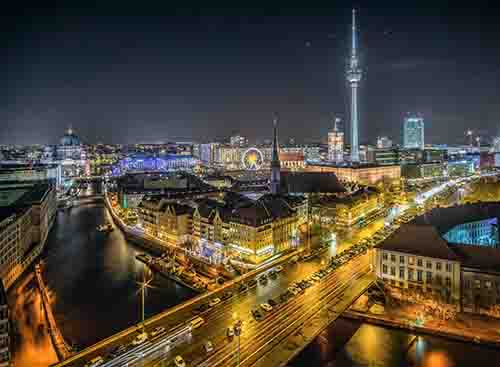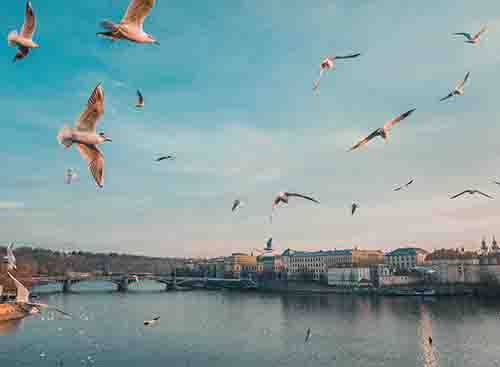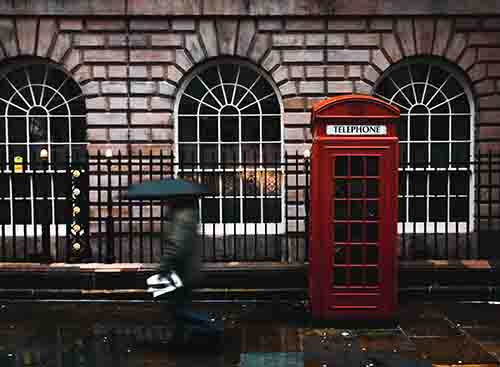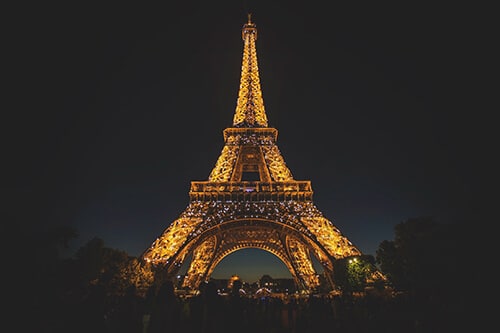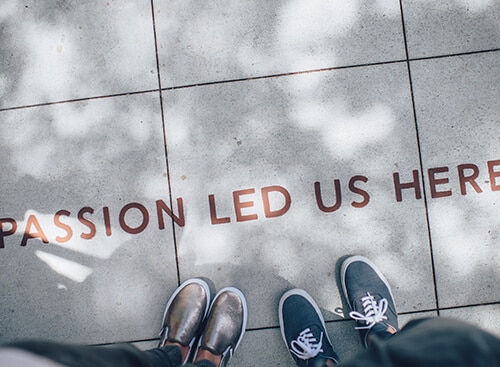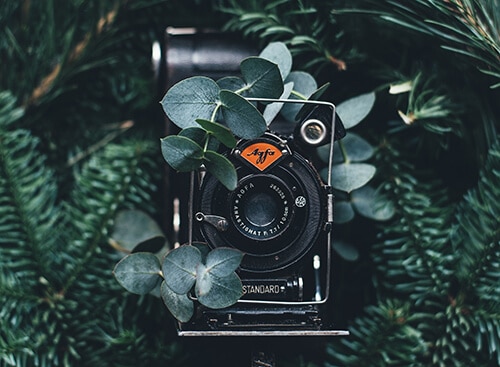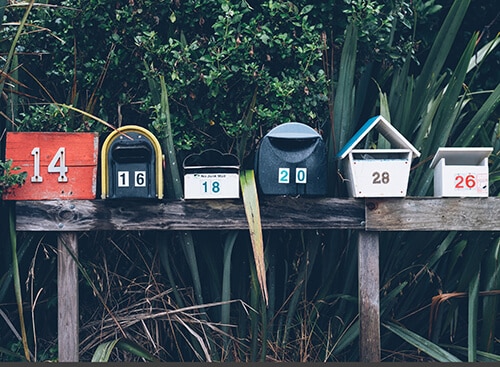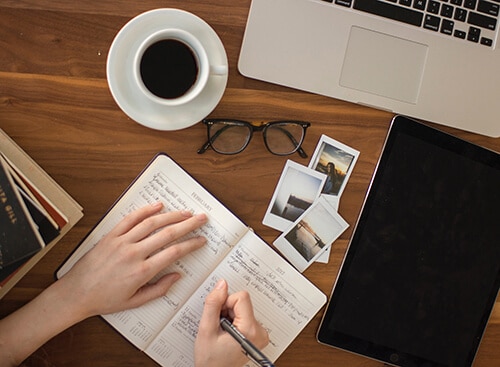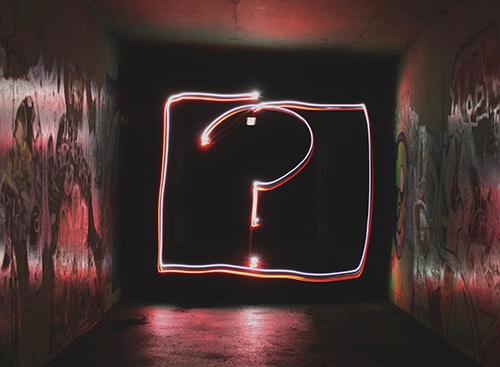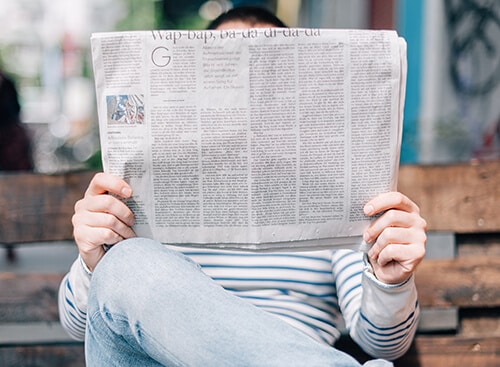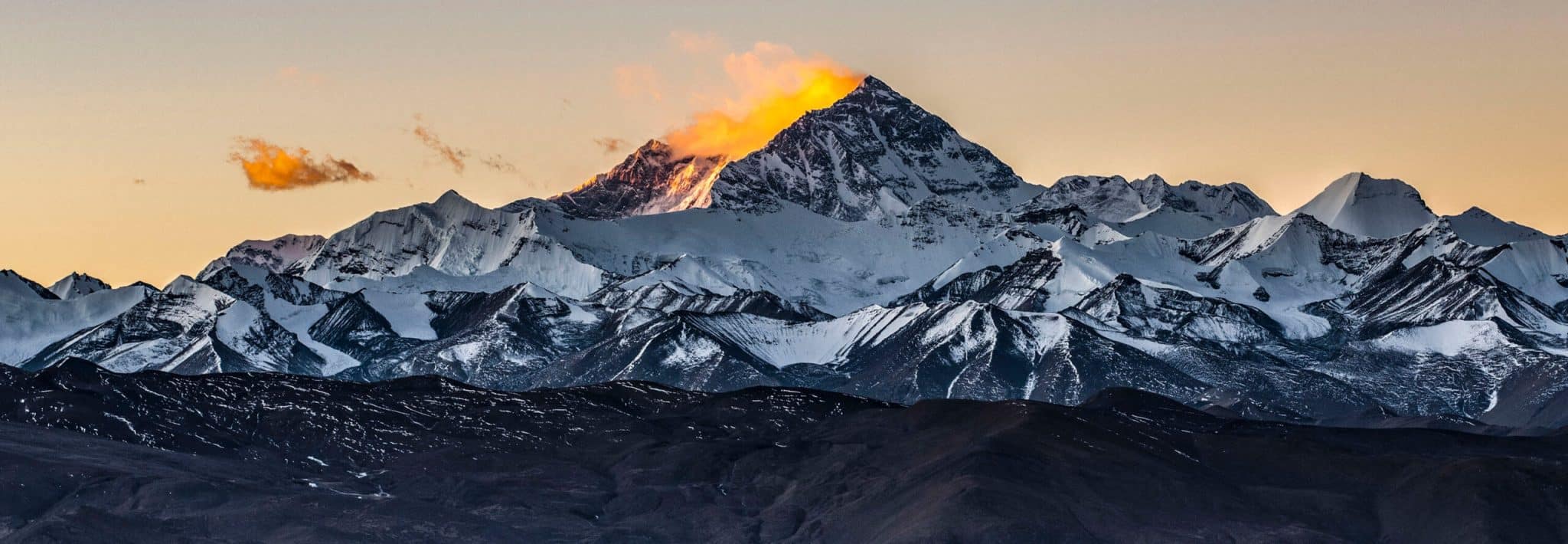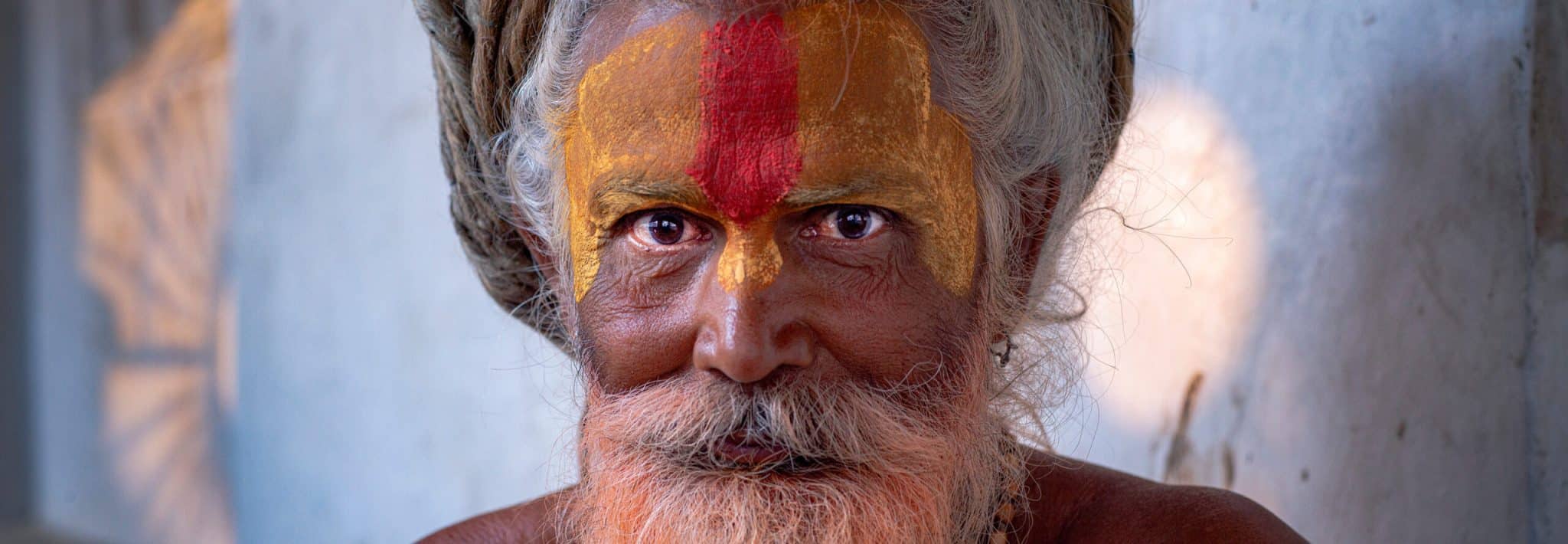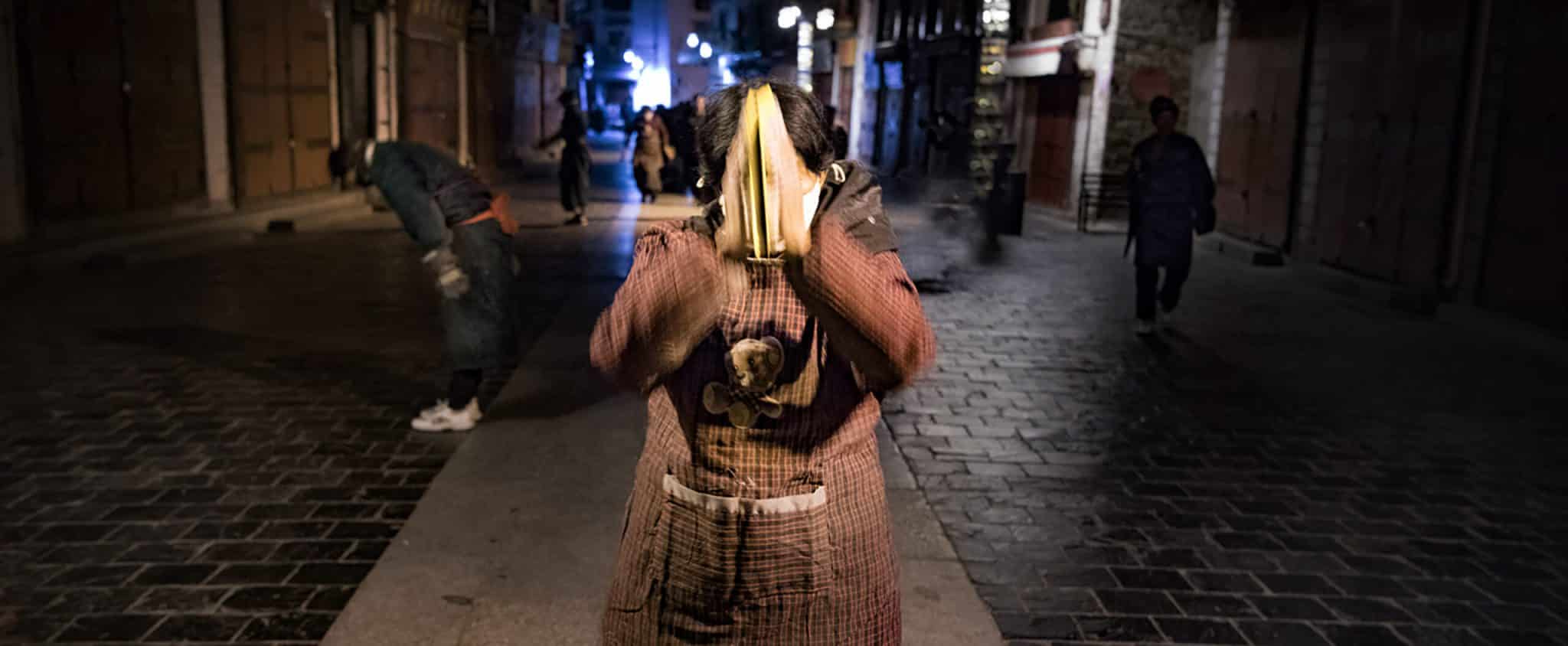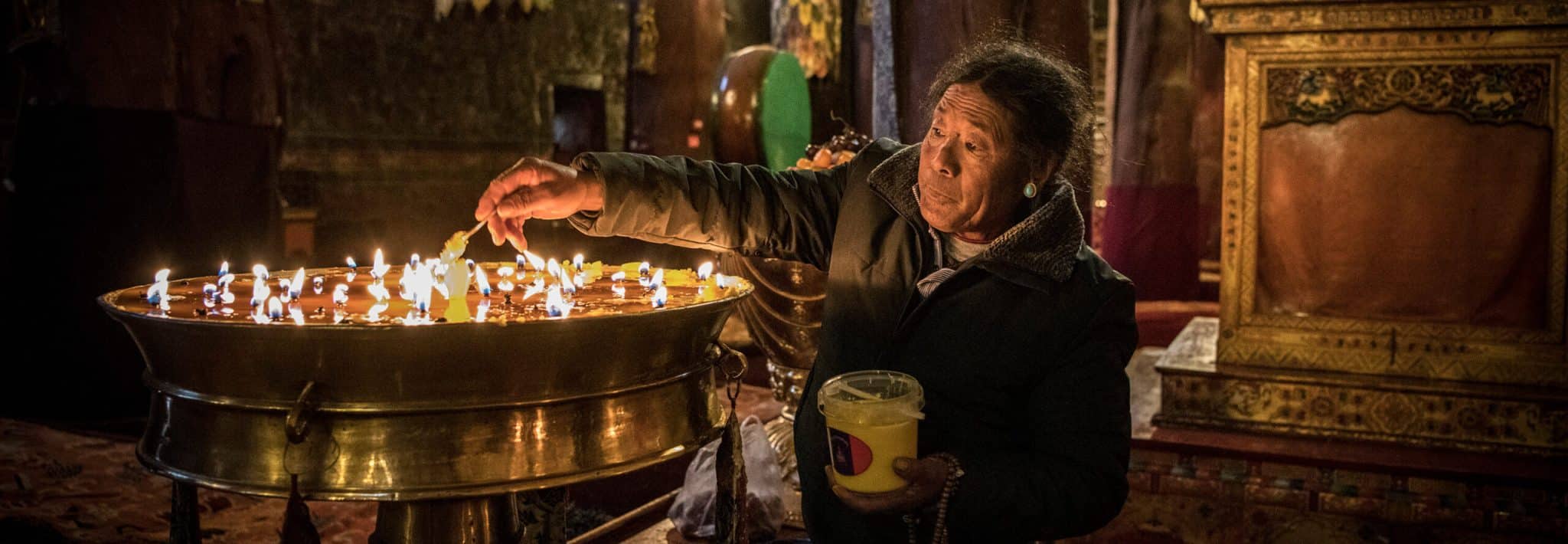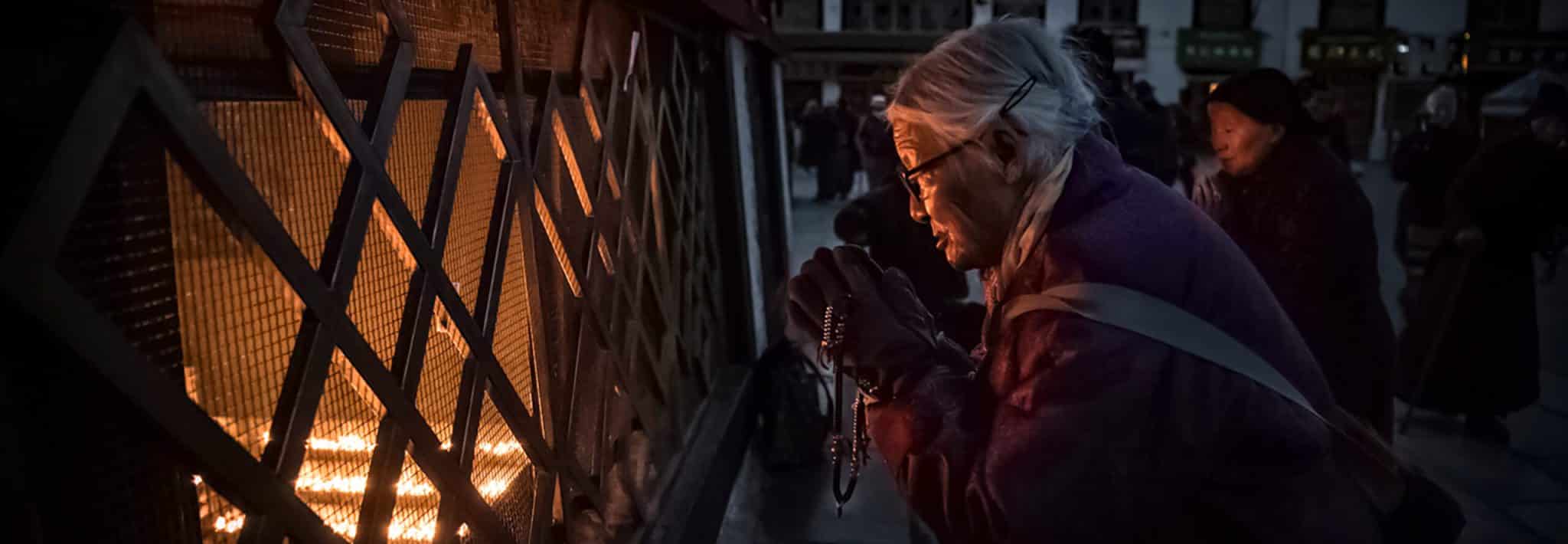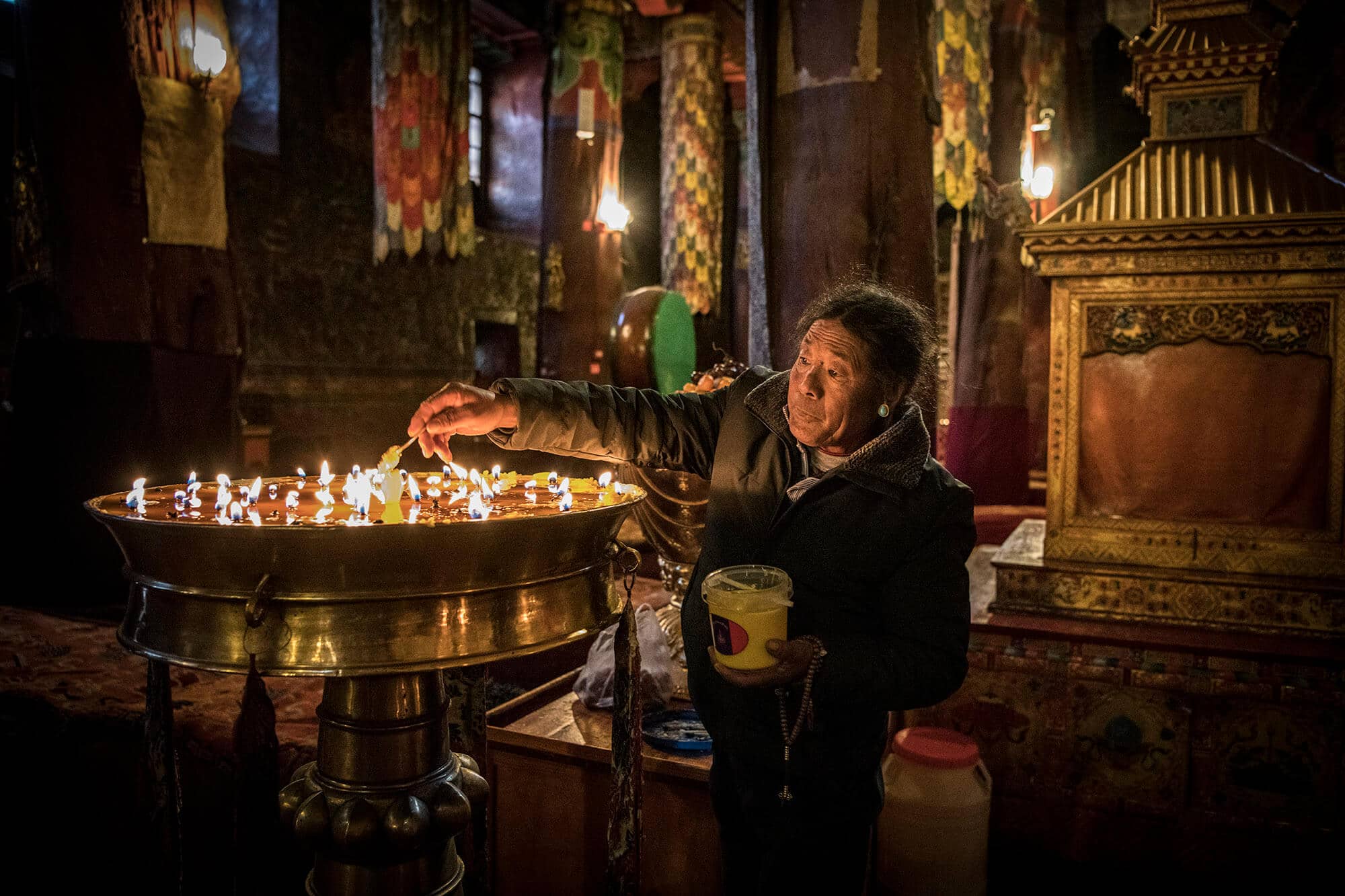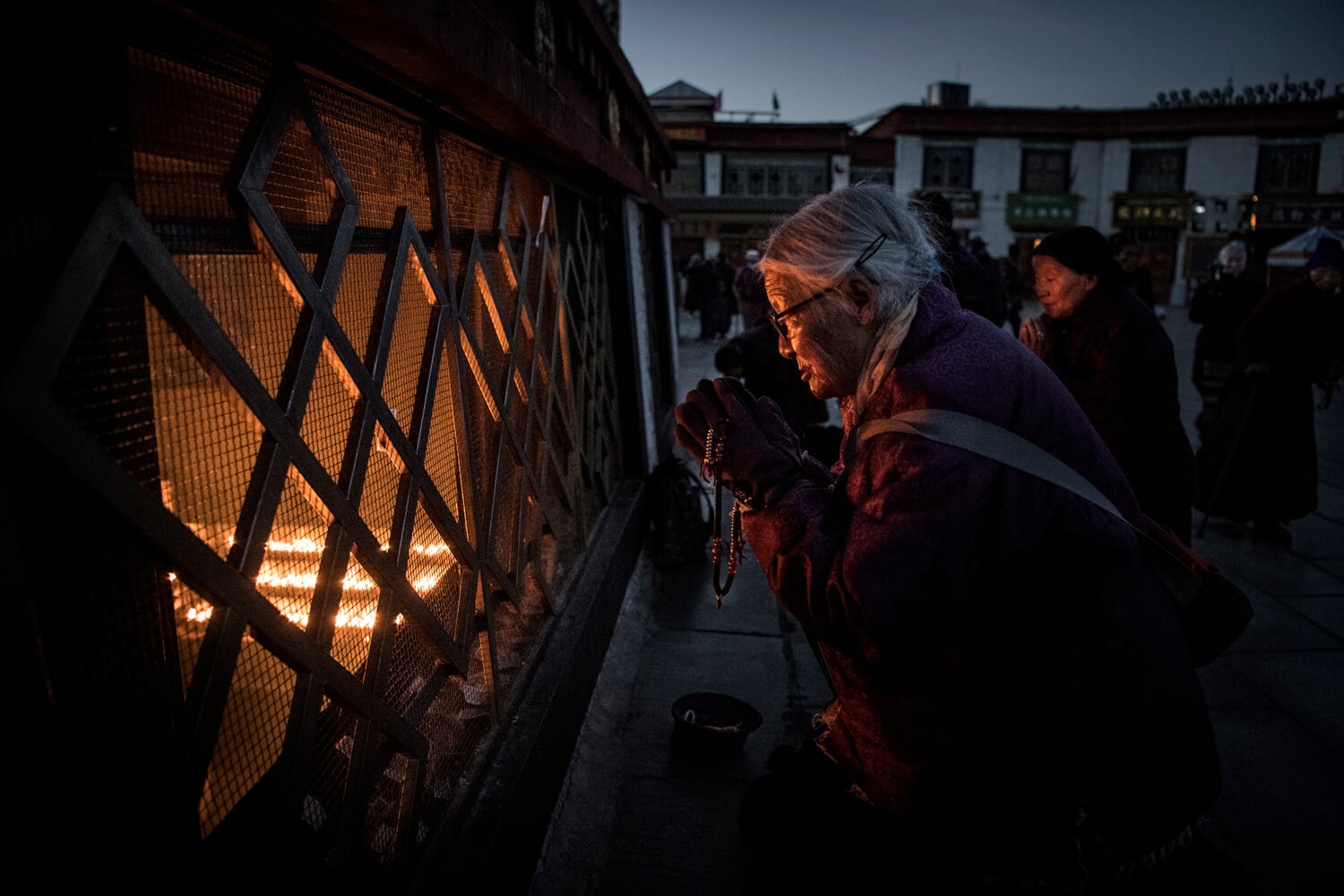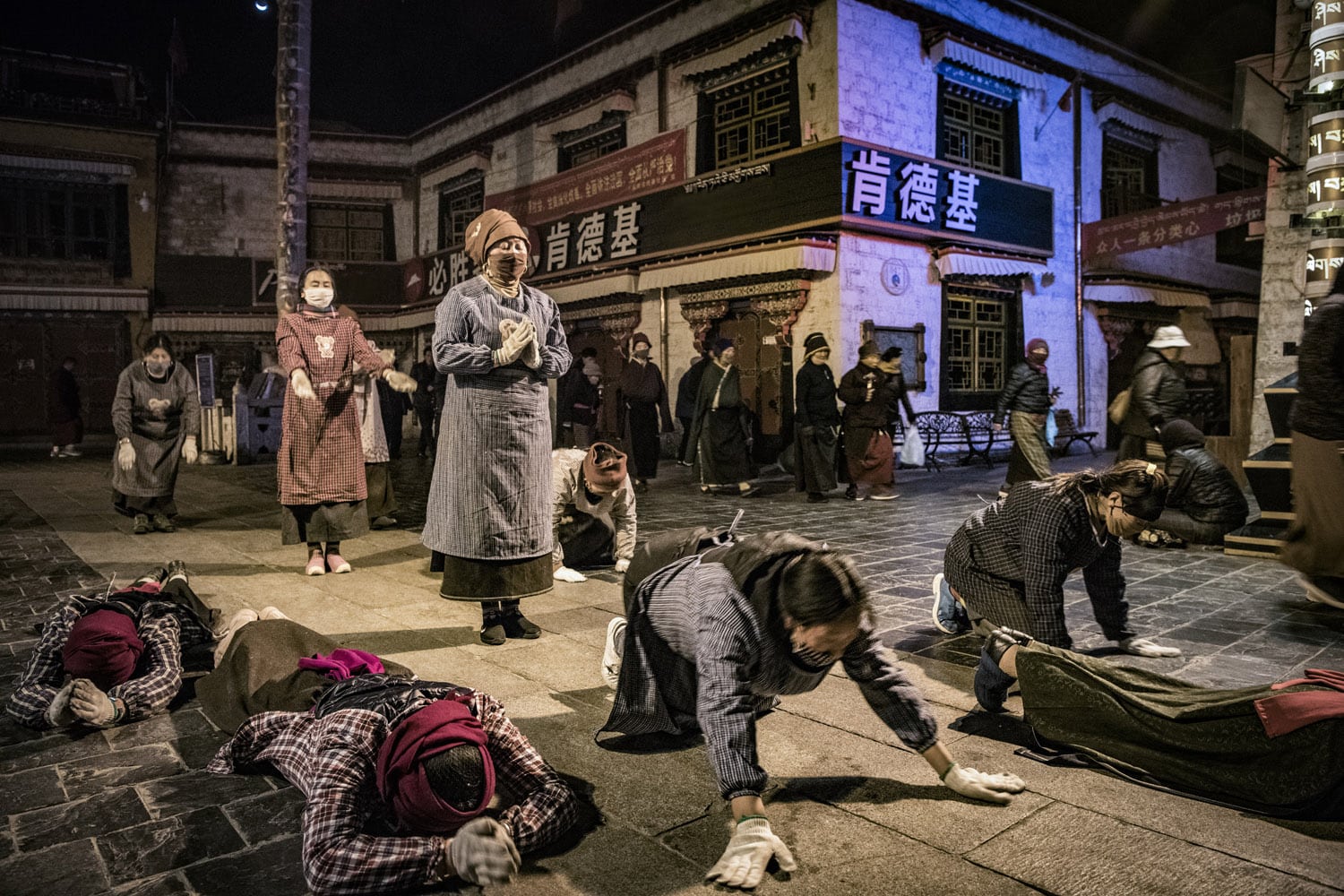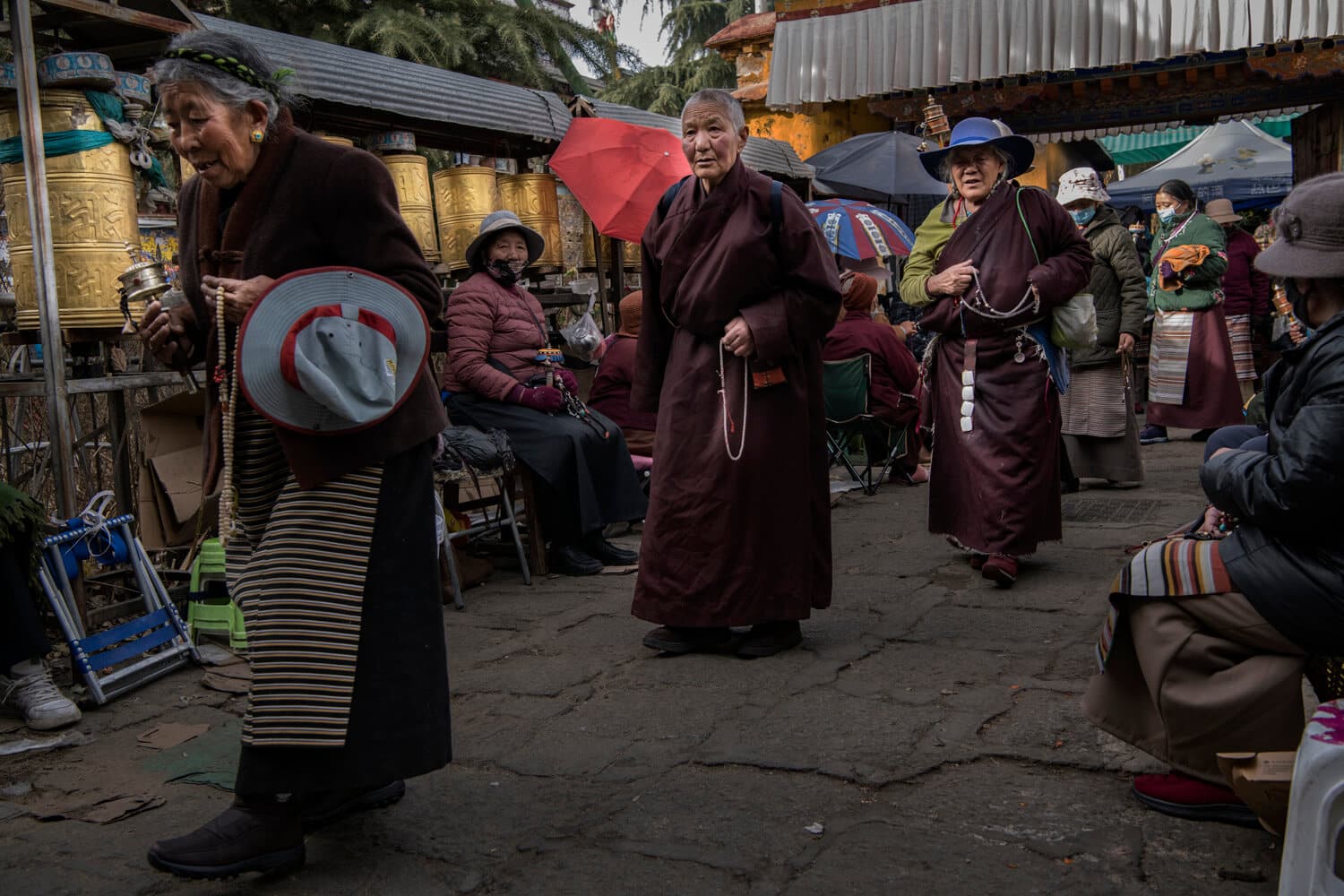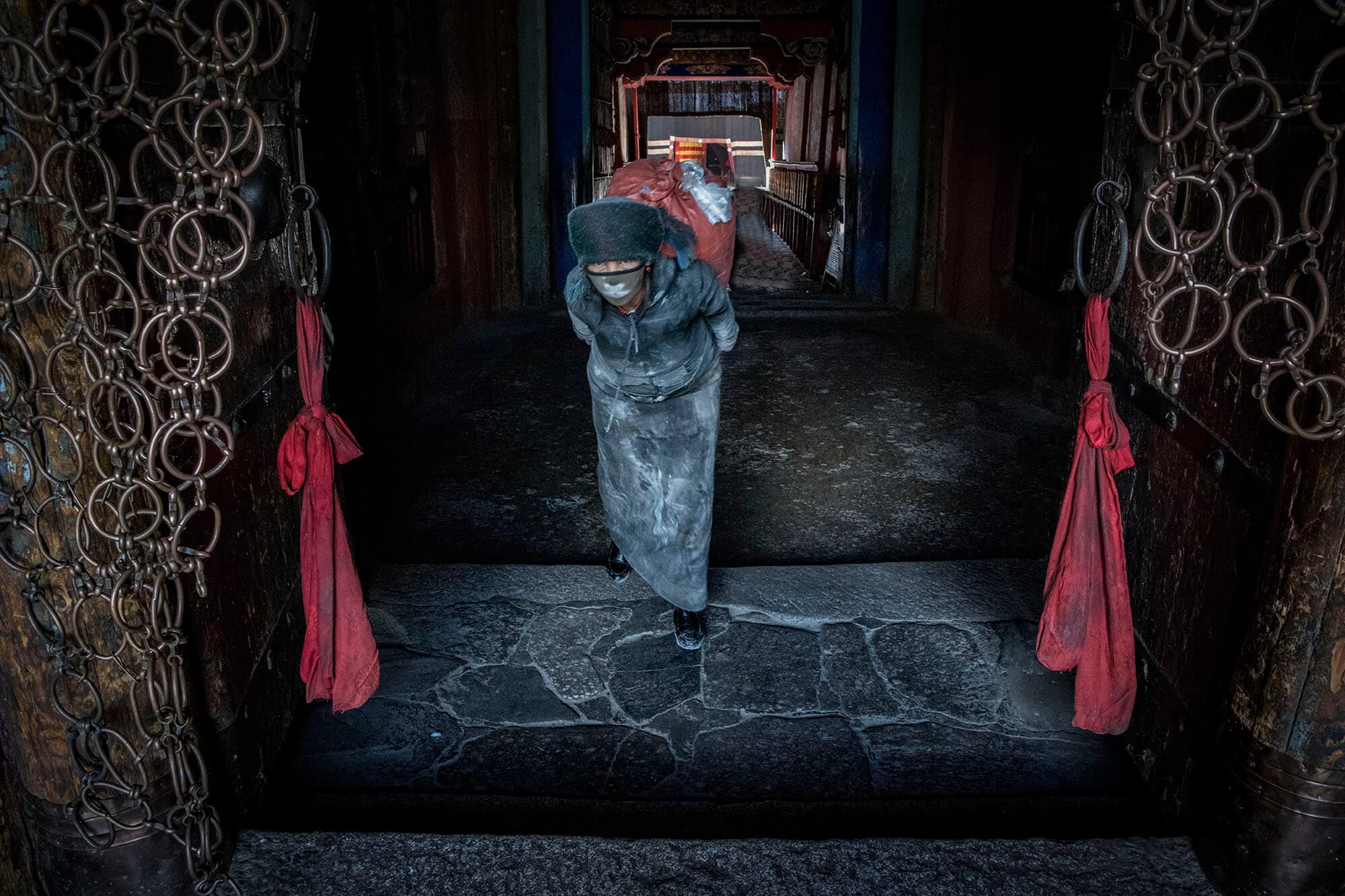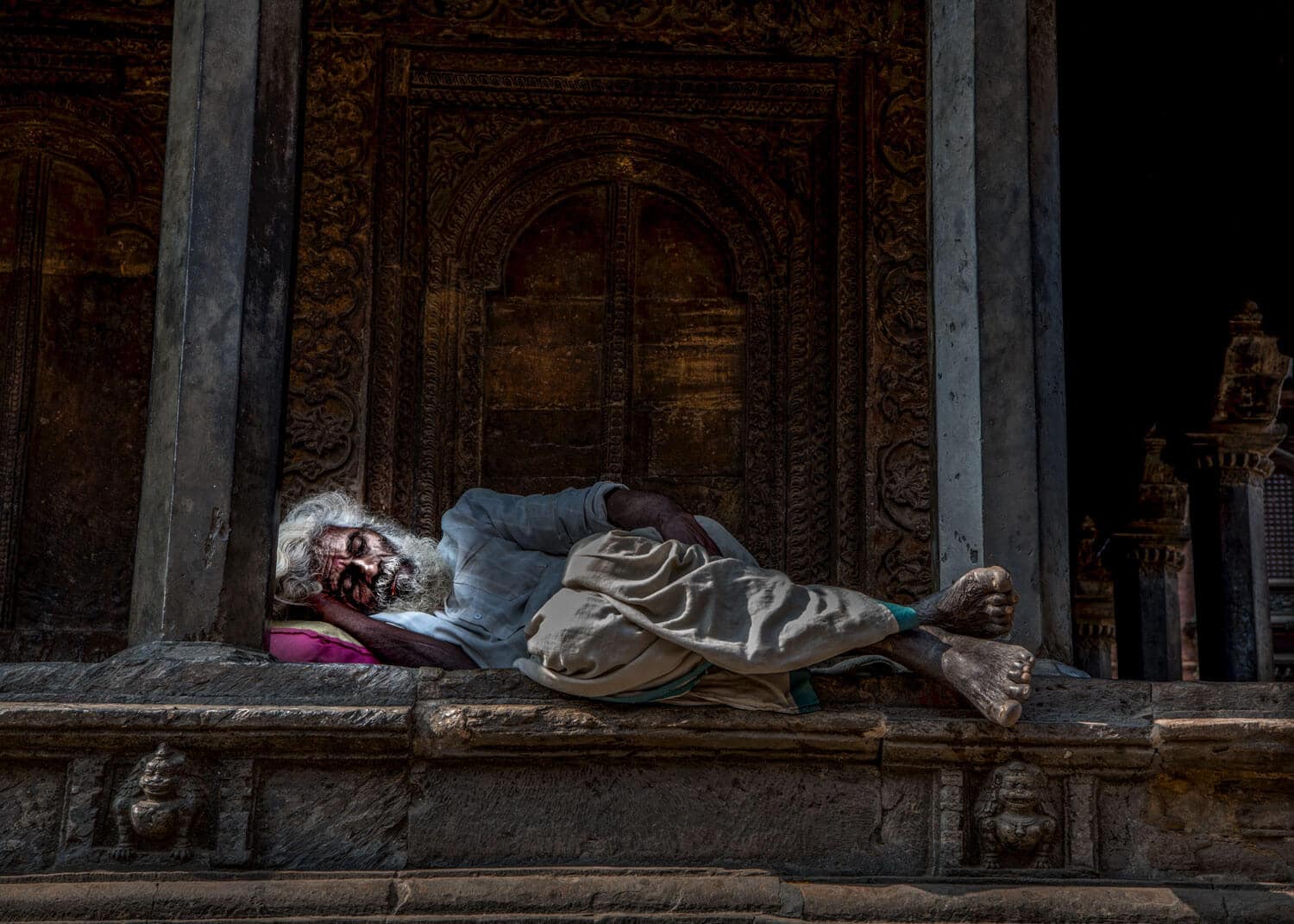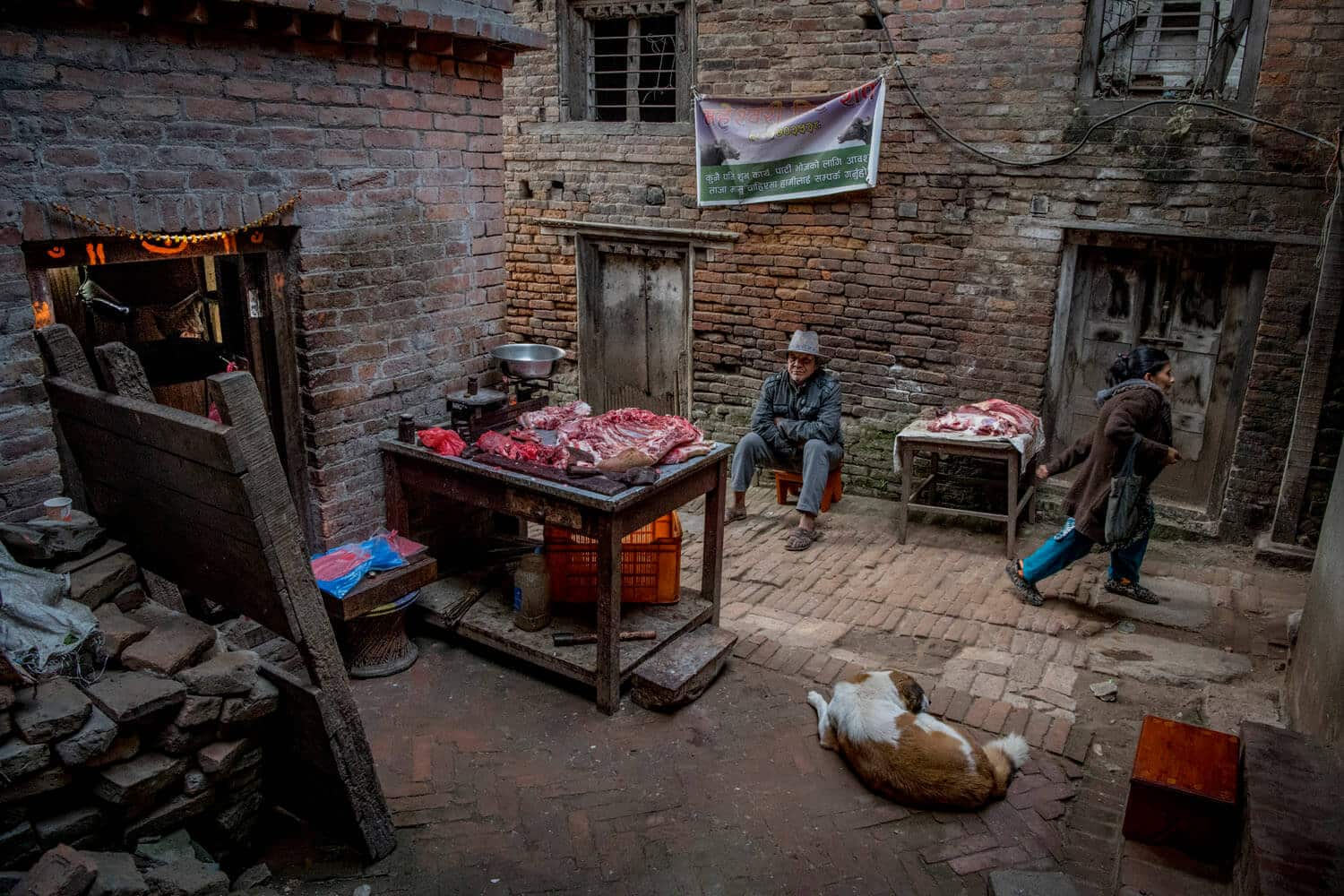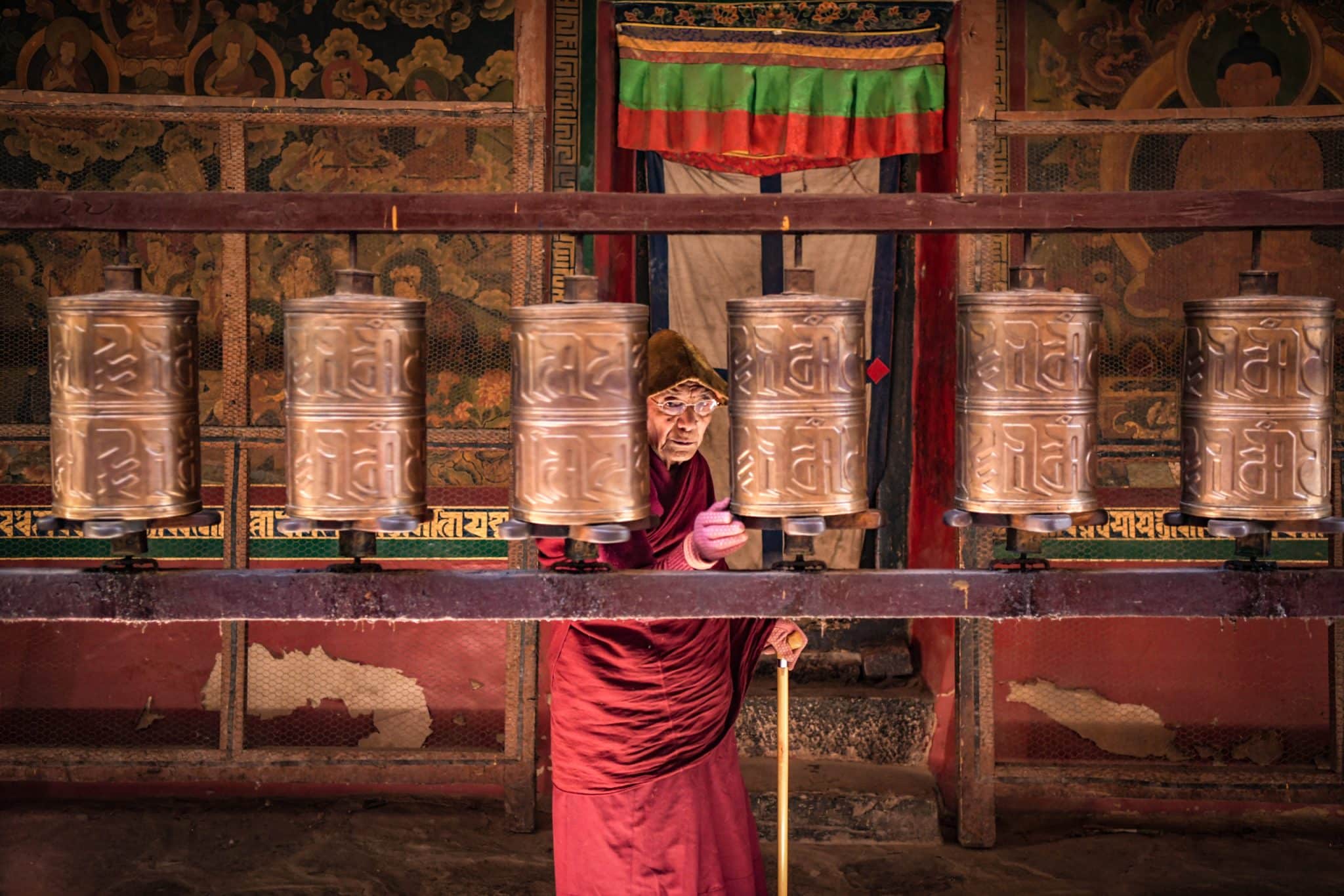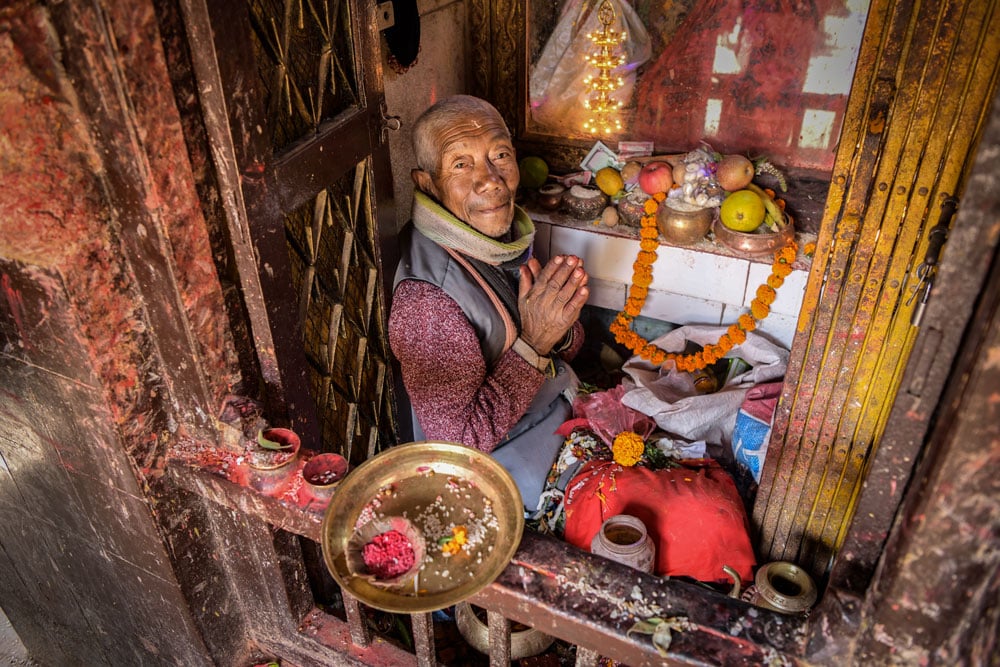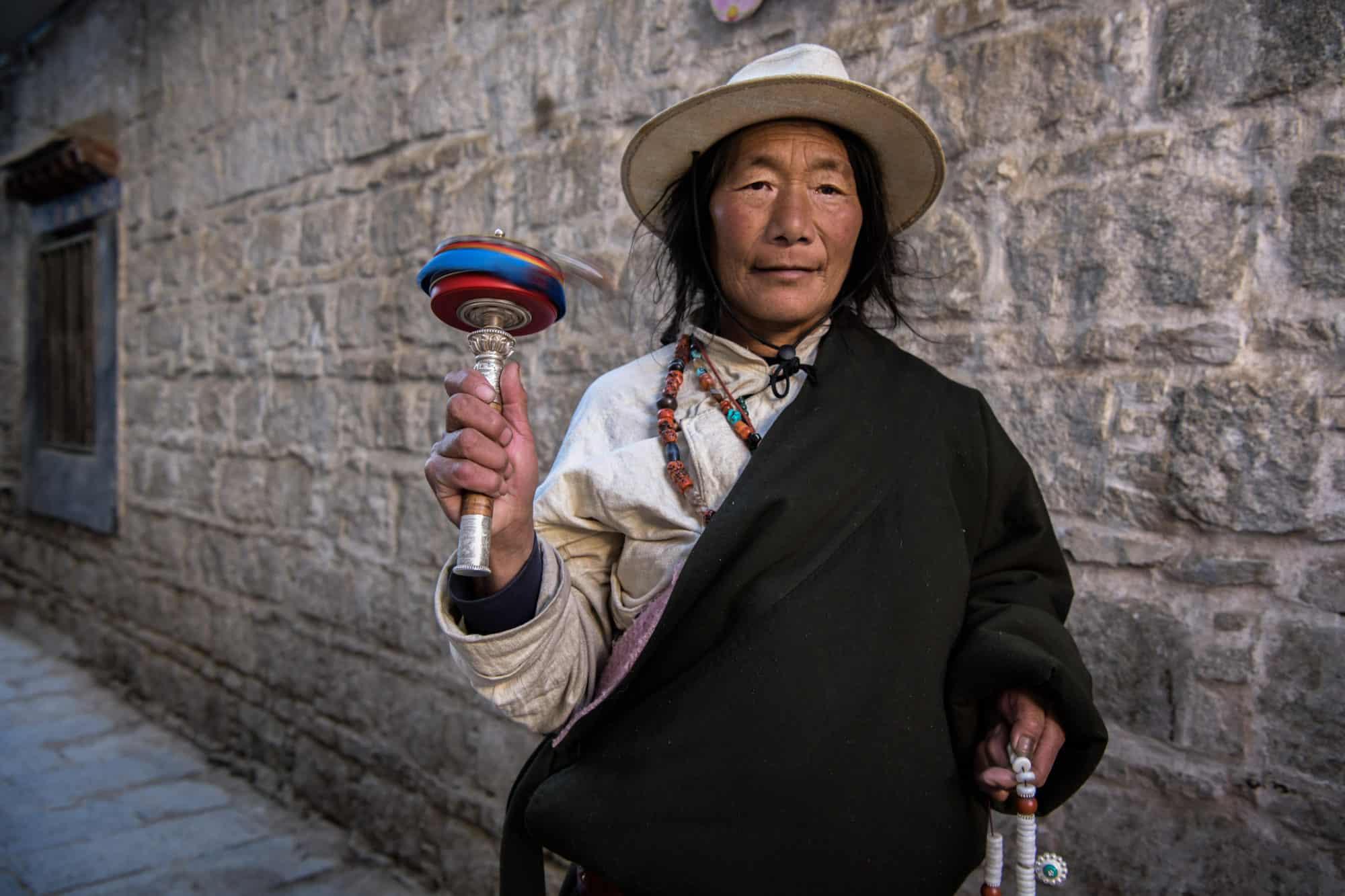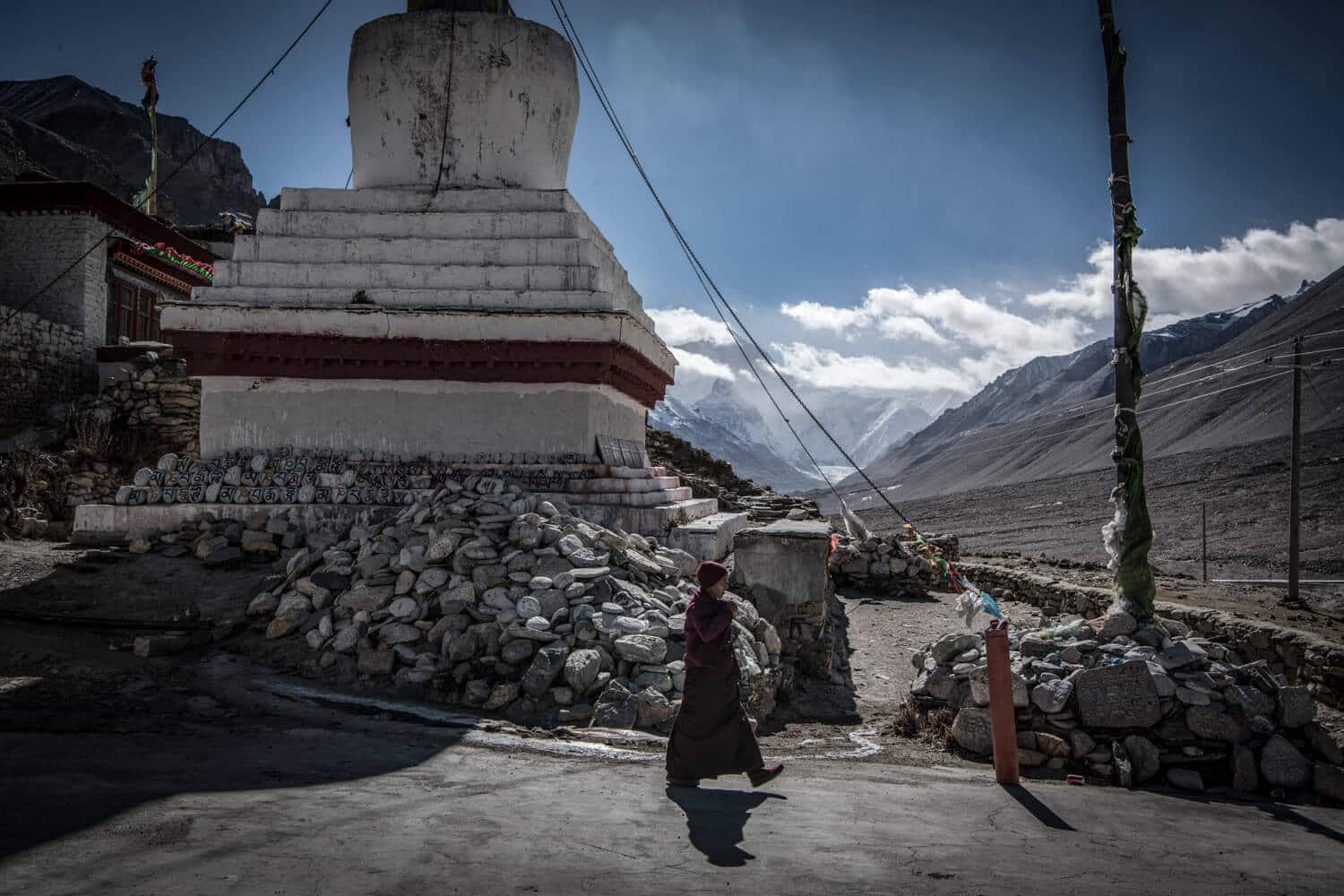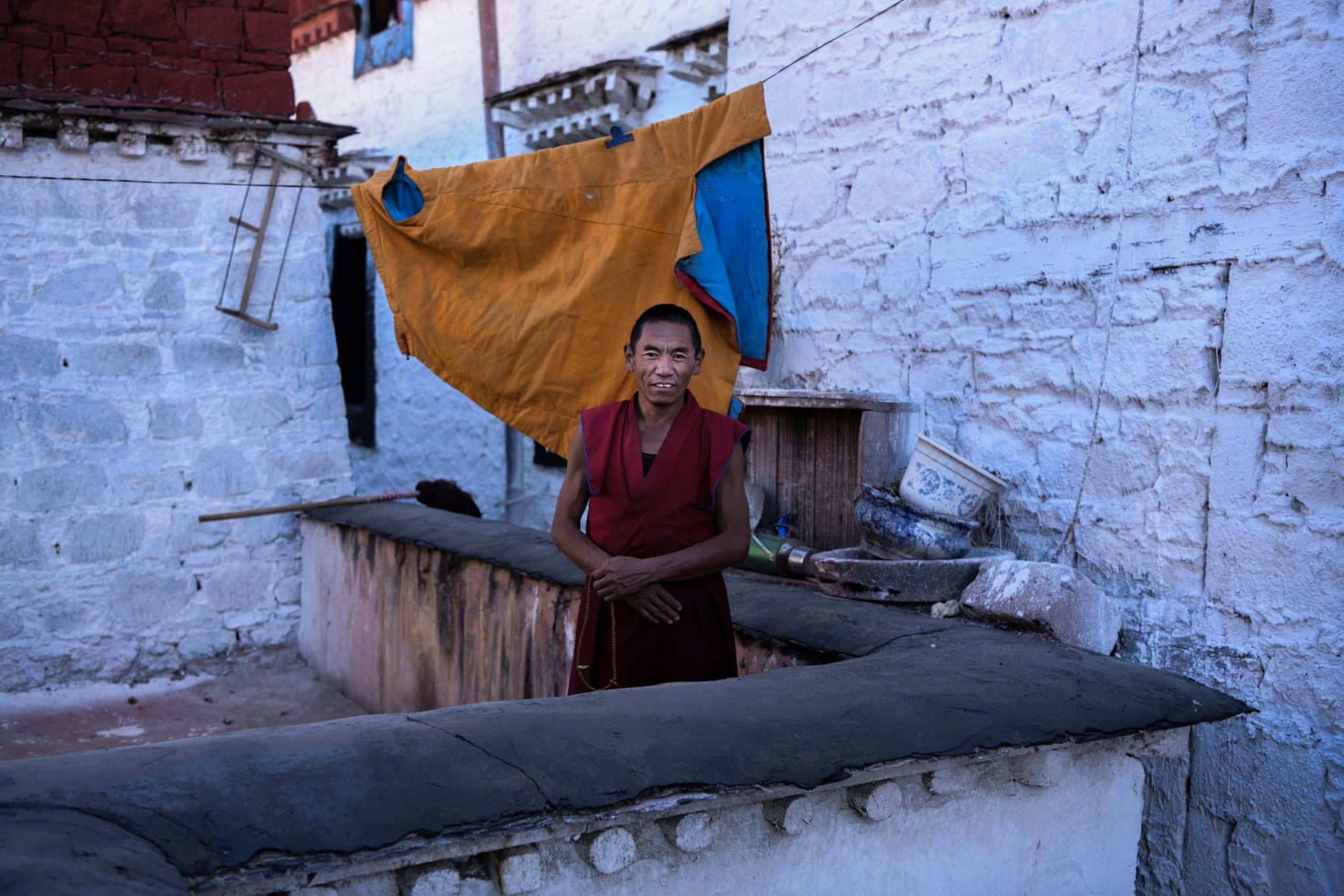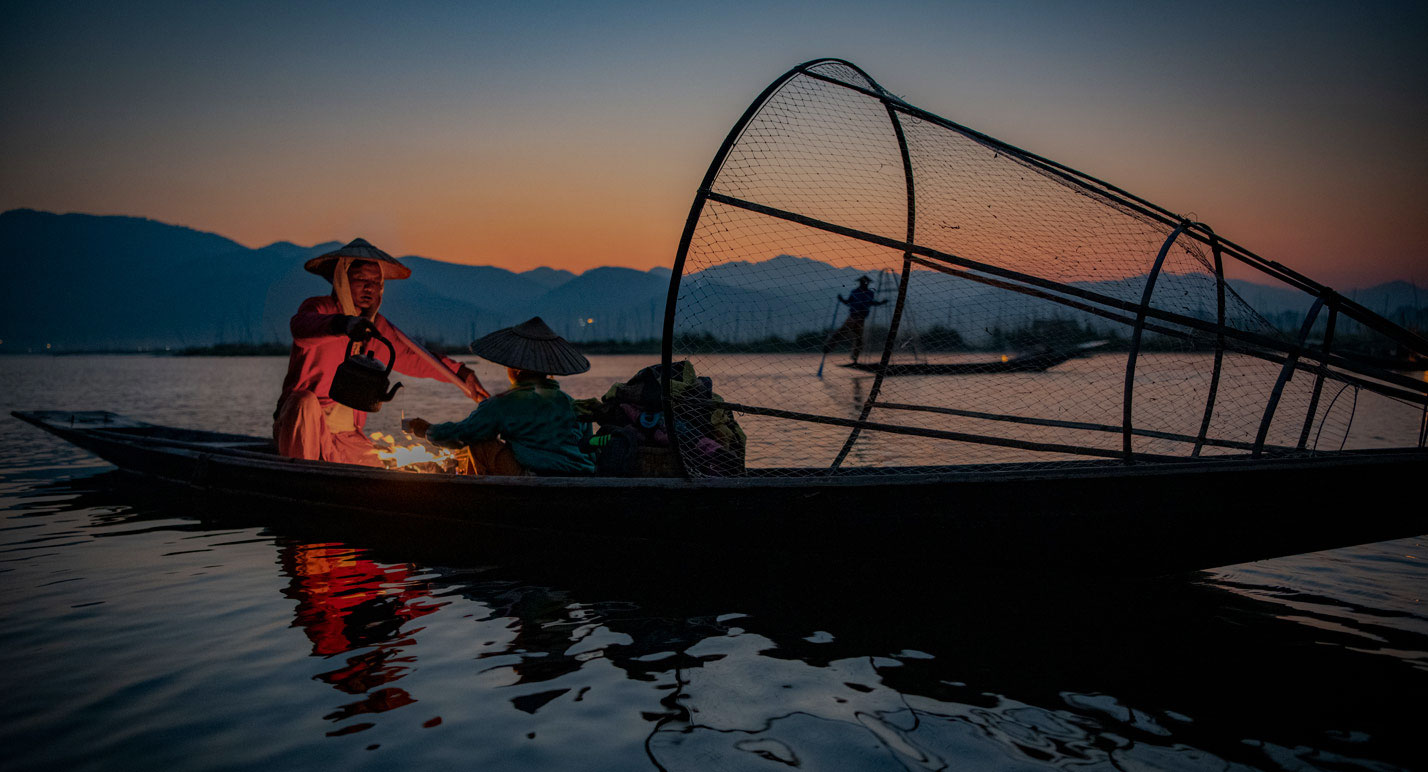- Destination:
TIBET & NEPAL - Type:
Travel & Portrait - Expert:
Christian NØRGAARD - Group Size:
8-12 - Travel Dates:
September 1st - 12th 2026
EXPLORE NEPAL & TIBET
- Explore Kathmandu and its UNESCO World Heritage Sites
- Visit the famous Potala Palace in Lhasa
- Learn about the local culture, rites and rituals
- See and photograph the Himalaya mountain range
- Visit Mt. Everest Base Camp
- Learn how to take stunning portraits in various lighting conditions
- Discover the regions’ breathtaking sceneries
Highlights
Expert Christian NØRGAARD
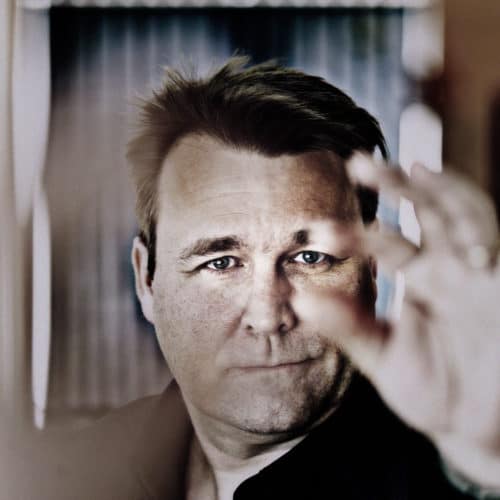
More about Christian Nørgaard
Christian Nørgaard is the founder and CEO of Better Moments. For years he has photographed and traveled extensively in Asia and has received wide acclaim for his unique photographic talent. In recent years, he has also collaborated with Steve McCurry and other of National Geographic’s leading photographers for exhibitions and events. His workshop in Nepal & Tibet is a unique opportunity for any photographer to combine adventure, travel and reportage photography and to work with one of the best in the field.
EXPAND WITH PASSION
On Location
- Learn how to approach the unique challenges of travel and landscape photography, how to capture candid moments and portraits and how to capture spaciousness, dynamic energy and the simplicity of natural landscape photography.
- Teaching and training in the best techniques and personal hints and advises
- Composition and focus on lines, golden section, perspective, foreground, middle ground and background.
- Work in different lighting and with short/long exposure times and aperture.
- How to handle equipment with care on location.
- Private hands-on lessons that can help to take your photography skills to the next level.
In Classroom
- Christian Nørgaard review and constructive criticism of the images taken during the day
- Digital workflow How to create a narrative for a book, magazines and exhibitions
- Portfolio review
ITINERARY
Get Inspiration
Enjoy our 32-page catalog with stunning photos from Nepal and Tibet
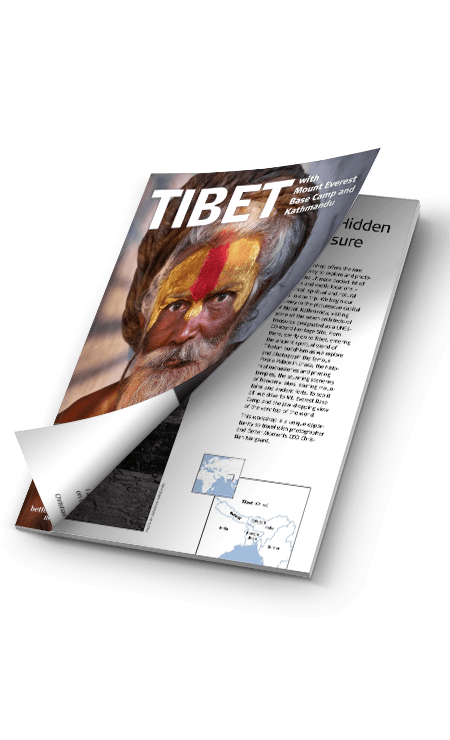
Including Workshop intinerary, expert interview, quick tips and equipment list
PASSIONATE TESTIMONIAL
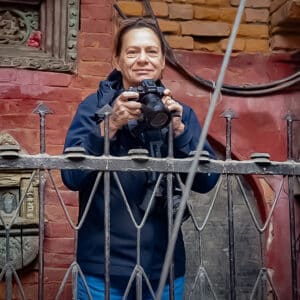
Jagoda Høst is a Norwegian photographer. A couple of years ago she traveled to India all by herself. But she found it difficult, as a woman, to travel on her own, so when the opportunity to travel with Better Moments and National Geographic Nordic appeared, she took it. “It was a great and safe way to travel and I learned a lot from the workshops and the other participants.”
Since then, Jagoda traveled to India, Burma, Indochina and Nepal and Tibet together with Better Moments.
TRAVEL FACTS
Thanks for choosing Better Moments for your workshop.
Facts
- September 1st – 12th 2026
- 12 Days
- Number of guests: 8-14
Included
- Local transport
- Accomodation
- All meals
Not included
- Travel to and from the workshop destination
- Visa and taxes
- Alcoholic beverages
- Travel insurance

Ask Us
Do you have any questions about the workshop or would you like to go on a private customized tour? Send us an email.
Price
-
- € 6,750 in shared double room.
-
- € 6,945 in single room.
-
- Groups sign-up a group of 4+ participants and receive a group discount.
-
- All prices are per person.
-
- INVITE A FRIEND
Experience the joy of photography with our INVITE A FRIEND initiative! Bring a friend or a special someone along without enrolling them in our workshops and enjoy savings on the total rate, subject to availability.ility!
- INVITE A FRIEND
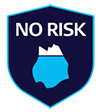
Better Moments is a member of the Travel Guarantee Fund, your guarantee that traveling with Better Moments is a safe experience.
Overview
